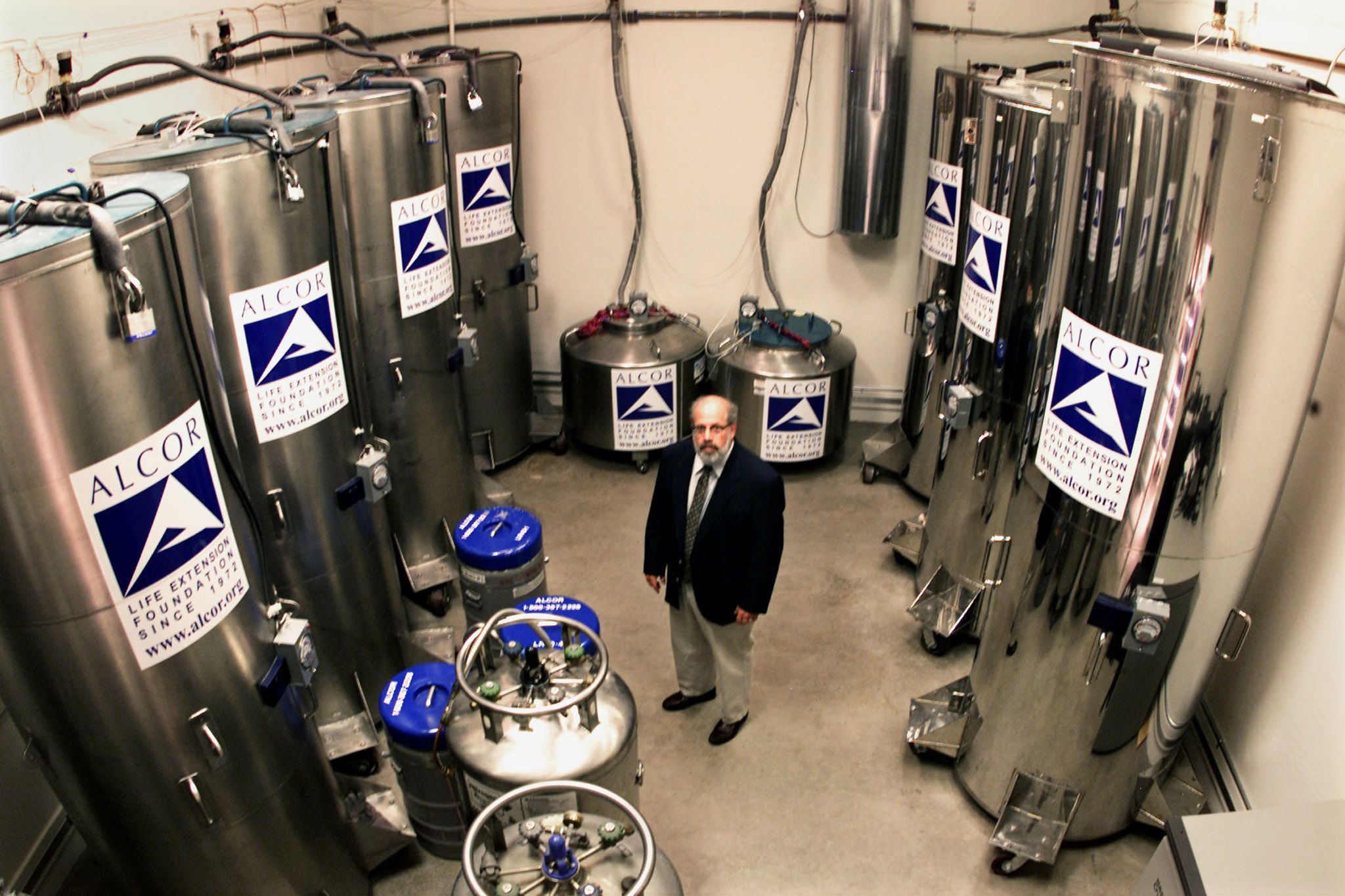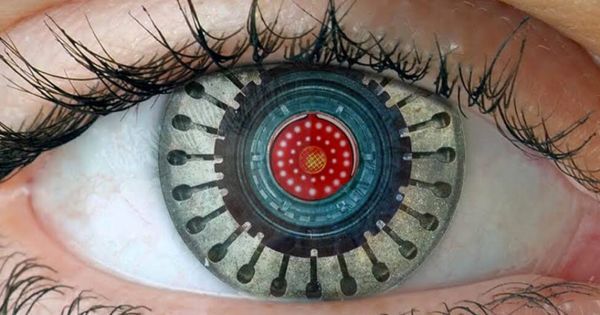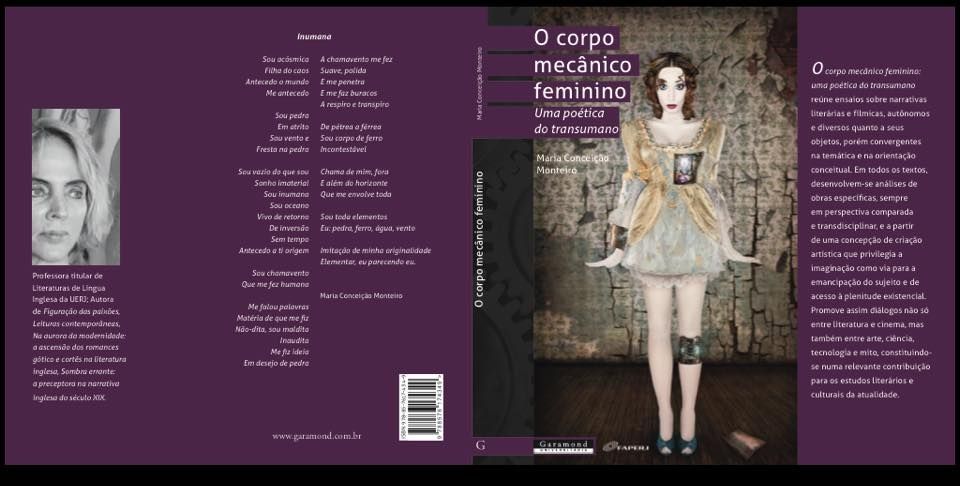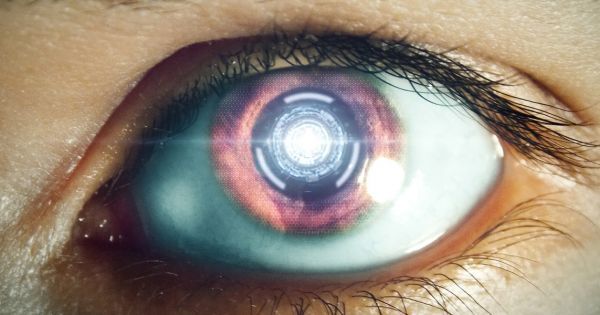WATCH MORE: http://ow.ly/Ymtb306qMzB
Category: transhumanism – Page 110

In Opinion: ‘Dead is gone forever:’ The need for cryonics policy
Check out my latest story for Newsweek: http://www.newsweek.com/dead-gone-forever-need-cryonics-policy-523030 #transhumanism #cryonics
The case of a 14-year-old UK girl whose body was preserved after death highlights the need for governments to take cryonics seriously.

Bionic Eyes Are Coming, and They’ll Make Us Superhuman
In Brief:
- Bionic eyes are already in development and could alleviate sight issues for hundreds of millions suffering from visual impairments or blindness.
- The mechanical eyes could also provide enhanced sight so cybernetic humans could see more of the electromagnetic spectrum.
With an estimated 285 million people worldwide with visual impairment, many treatments and technological innovations have long been in development. The panacea of restoring sight to the blind is the stuff of sci-fi: the bionic eye.


Thousands of people have changed their votes after taking this quiz. Will you?
I’m excited to be featured and have some pictures in a new Washington Post story today about ISideWith. Check it out! https://www.washingtonpost.com/news/the-intersect/wp/2016/11…-will-you/ #transhumanism #Election2016 #ScienceCandidate
ISideWith.com has boosted support for third-party candidates.

The Transhumanists’ Nominee for President
Two weeks ago a journalist from The New Yorker followed me on a day of transhumanism campaigning in NYC. Here’s the story, out in print today too with over a million copies. If you like, you can vote for me in New York state (and at least 10 other states) by writing me in: Zoltan Istvan Gyurko. Email me with questions.
Zoltan Istvan is running on a platform of curing death and uploading consciousness to the cloud. He’s on track to appear on the ballot in zero states.

Honoured to share Professor Maria Conceição Monteiro’s latest book
This page corresponds with H+ magazine and values of transhumanism, emphasizing the contributions of women involved in our transition into posthumanity.
New bionic eye implant connects directly to brain, allowing blind woman to see shapes & colors
Scientists may have made a significant breakthrough in restoring human sight, as a woman who had been blind for seven years has regained the ability to see shapes and colours with a bionic eye implant.
The 30-year-old woman had a wireless visual stimulator chip inserted into her brain by University of California, Los Angeles (UCLA) surgeons in the first human test of the product. As a result, she could see colored flashes, lines, and spots when signals were sent to her brain from a computer.
The woman, who wished to remain anonymous, suffered no significant adverse side effects in the process, according to a statement.

New Bionic Eye That Connects to The Brain Successfully Restores a Woman’s Sight
In Brief:
- A new visual implant from SecondSight may help restore useful sight in more than 6 million additional people who aren’t candidates for the company’s previous implant model.
- Recently, there are more options being developed to restore both hearing and sight in affected patients, such technology has the potential to improve the quality of life of countless people.
